Reviving London’s Hidden Arteries: Lily Thompson’s “The Lines Beneath” at Aldwych Station
Reimagining Subterranean London Through Light, Sound, and Community
Tucked away beneath the relentless pace of London’s Strand lies a relic of the city’s layered history—Aldwych Underground Station. Once thrumming with the footsteps of daily commuters, it has lain dormant since its closure in 1994, its tiled corridors echoing only with the memories of passing trains. But, for Lily Thompson, a recent graduate of the University of Westminster’s esteemed Interior Architecture program, Aldwych’s silence is not an ending, but a blank canvas. Her final year project, The Lines Beneath, breathes new life into this sleeping monument, transforming it into a vivid tapestry of culture, community, and connection.
A Graduate with Distinction and Vision
Lily Thompson’s passion for evocative, transformative design is matched only by her academic prowess. Graduating with First Class Honours in 2025, she distinguished herself not only amongst her peers, but also in the eyes of the wider design community. Her ability to fuse technical ingenuity with conceptual clarity won her the coveted Foster + Partners Prize for Technical Innovation in Design and the VOLA accolade for Best Portfolio Design. Yet, beyond the accolades and the distinctions, it is the spirit of social revitalization and thoughtful reuse that defines her work—a spirit which shines through in The Lines Beneath.
Aldwych’s Second Act: Nightlife, Living, and Public Engagement
Thompson’s proposal subverts the expectations of both function and atmosphere. Rather than defaulting to commercial or office redevelopment, The Lines Beneath proposes a mixed-use scheme rooted in the rhythms of the city’s creative underbelly and student life. In one of Aldwych’s dormant tunnels, Thompson conjures the pulse of a nightclub and music venue, harnessing the unique acoustics and industrial remnants for atmospheric effect. Across the adjacent tunnel, she proposes student accommodation, meticulously crafted to balance privacy and communal living in a context rarely associated with domesticity.
The ground level—previously the utilitarian entrance to the entire underground system—is recast as an accessible museum and café, opening the site to the wider public and anchoring the entire intervention as a node of learning, leisure, and exchange. It’s a project that doesn’t just preserve memory, but reframes it for a new generation.
Materiality, Light, and the Choreography of Experience
Where Thompson’s imagination truly takes flight is in her handling of atmosphere. The project’s material palette deliberately preserves the original textures—the glazed bricks, worn concrete, and industrial steel—layering them with reflective surfaces and dynamic lighting. Light becomes a protagonist within the dark volume of the tunnels: programmable installations respond to the movements of patrons, echoing the trains that once passed through. In nightclub spaces, pulses of LED and kinetic sculptures reflect sound frequencies, creating a synesthetic environment that appeals to more than just the ears.
In the accommodation section, glass and polished metals inject precious daylight and a sense of security. Shared kitchens and study nooks cluster beneath arched ceilings that subtly mirror the historic curvature of the platforms. Throughout, elements of the site’s wartime history—artifacts and graphic timelines—are subtly embedded, reminding everyone who walks these corridors that they are treading on the city’s storied past.
Community as Catalyst: From Isolation to Connection
The emotional core of The Lines Beneath lies in its determination to foster community within a space designed for transience. “So much of our city is about movement and anonymity,” Thompson reflected during her final presentation, “yet these spaces hold the potential to create belonging.” Through interconnected programs—public museum by day, communal living by night, and music venue in between—the project gently dissolves the isolation often associated with urban living.
By inviting both residents and visitors into dialogue with the site’s history and with one another, Thompson’s proposal transforms Aldwych from a monument to nostalgia into a stage set for new collective memories.
Recognition and the Path Forward
The Lines Beneath captured the attention not only of academic judges but also of practitioners eager for fresh approaches to adaptive reuse and experiential design. The Foster + Partners Prize highlighted Lily’s deft technical responses to complex subterranean systems, while the VOLA distinction spotlighted her ability to tell a compelling spatial story through portfolio design. With such achievements under her belt, Lily Thompson now seeks to translate her vision into practice, aiming to join a creative team that values bold thinking and collaborative ingenuity.
Connect with Lily Thompson
For studios and collaborators seeking a designer who melds technical proficiency, creative storytelling, and a revitalizing touch, Lily Thompson stands ready to join and enrich the field with her perspective. Explore her work or spark a conversation about future opportunities via Instagram (art.lt.23), connect on LinkedIn, or email directly at Lily.thompson2823@gmail.com.
Lily Thompson’s The Lines Beneath is more than a student project—it’s a manifesto for reclaiming forgotten places as engines of creativity and community. As London and other cities reimagine their underused infrastructure, Thompson’s work is a timely reminder: the stories and futures of our cities are often found where few are looking, just beneath our feet.


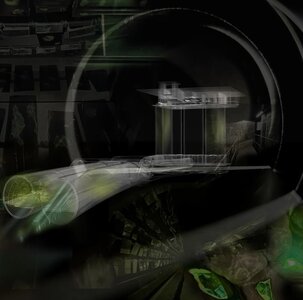
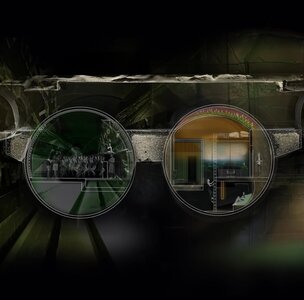
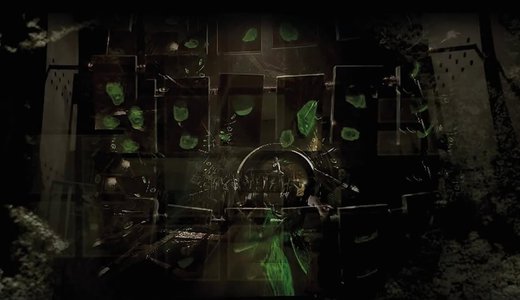
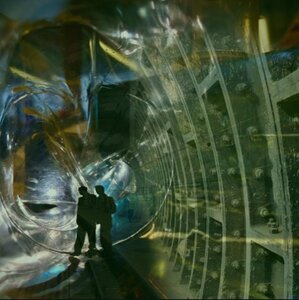
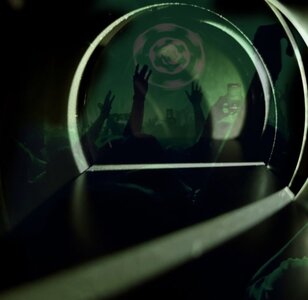

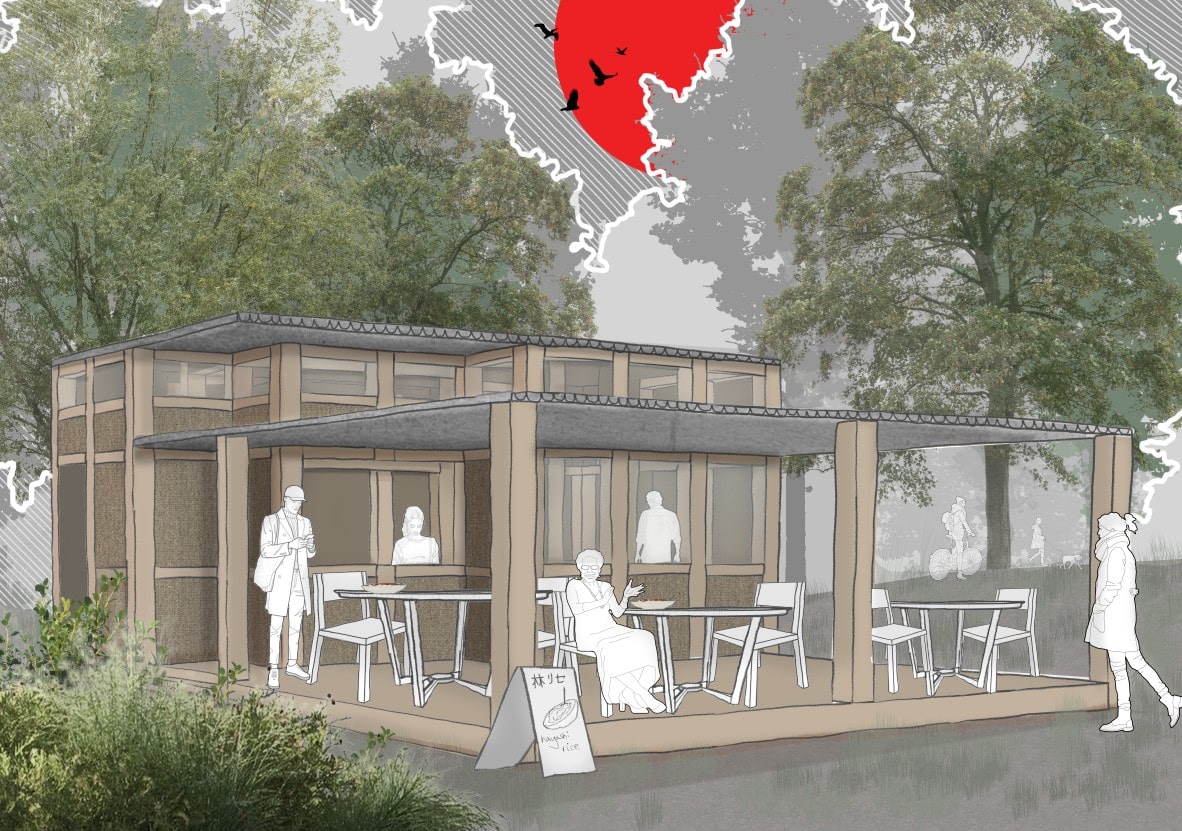
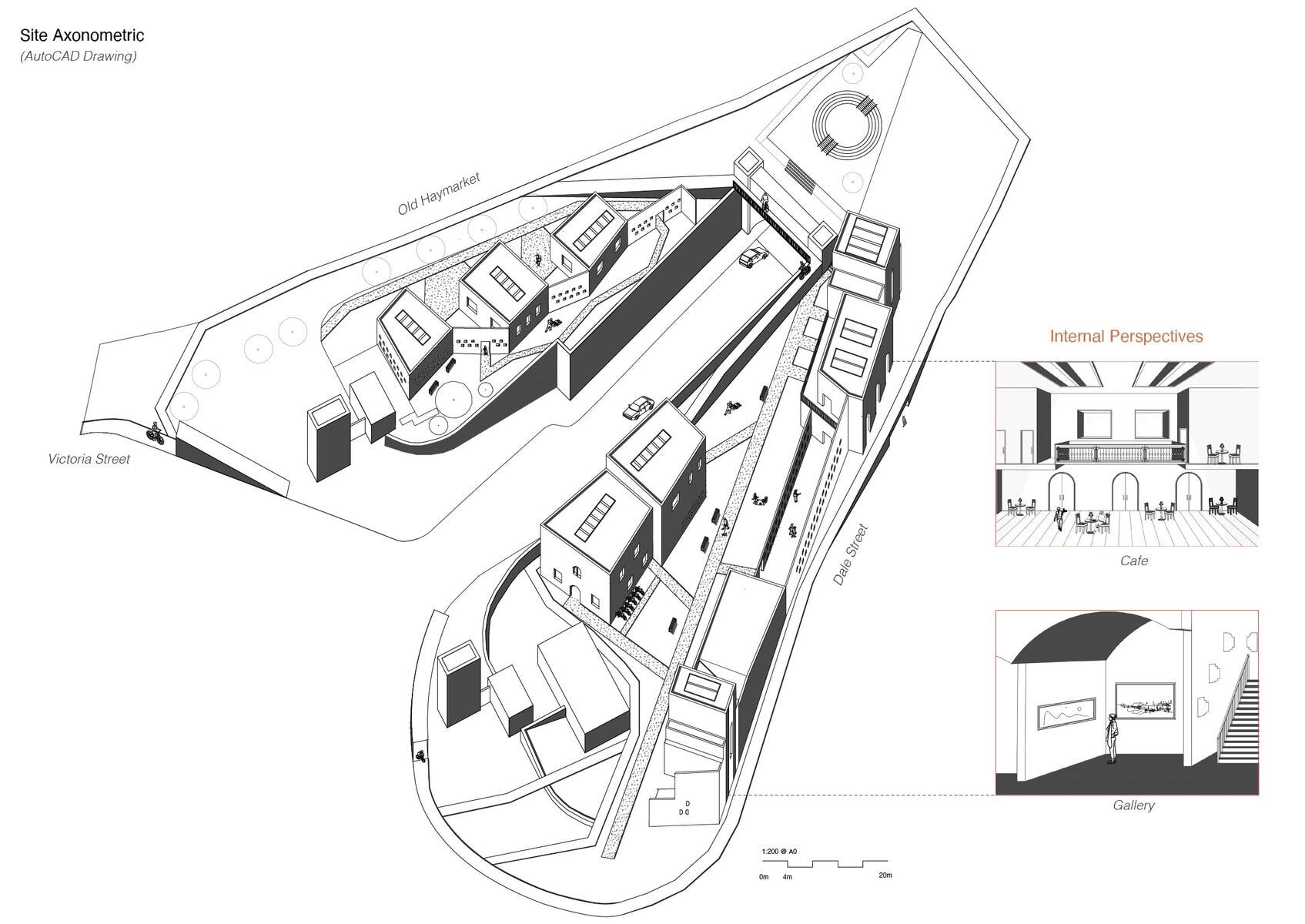


Add a comment